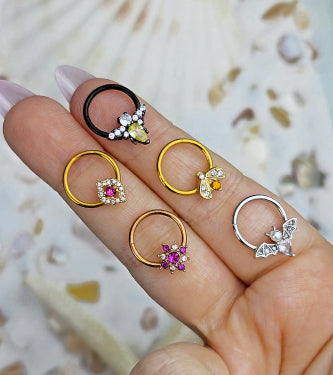“Change is the constant, the signal for rebirth, the egg of the phoenix.” ~Christina Baldwin
There was a time in American history (namely the 1950s) when very few persons gracing the continent were “modified.” Facial piercings, color tattoos, skin branding: these things were all thought of as primarily primitive, uncivilized in nature, or at the very least exotic. And for most Americans at the time, exotic was, well, scary. So how did we get to the point that we’re at now? If nothing else our evolution as a society towards primitivism has been the side effect of a strange and rewarding journey, fading with a certain quiet reverence into the span of decades.
Certainly there are figures who have led us in this direction; Fakir Musafar, obviously, but other educators, artists, performers and the like, some that came before him and many who followed after. Consider the development of Africanized art within Western society in the 1980s, and the ongoing cultural revolution which began in the late 90s. A re-realization of our deeper, truer roots has inevitably led to the exploration of the cultures which not only preceded us, but have continued to inspire our visual sense of self. Cross-culturalism in fact, has never been so evident as now, more than anything in the fashion world.
Ritual body painting, interpretive dance, sweat lodging ceremonies and countless decidedly “native” communal practices have only just begun to resurface in Western society. Piercing, stretching, suspension, tattooing, branding and scarification; these however, have arisen far more quickly, likely because they lack the necessity of group mentality. The modification of the skin or the shape of the body is generally thought of as an act of self-expression, and though viewed by many as a spiritual endeavor, the fact remains that it requires singularly the decision of that particular skin’s owner.
This may, in fact, be the element of traditionally primitive modification culture that continues to elude us in the modern world. Our tribally bound counterparts have continuously shown that their own concepts of modification serve a larger, communal purpose. Identification as a member of a particular sub-group, for example, or the physical marking of an emotional milestone such as marriage.
Will our future lead us back in this same clan-oriented direction? Although the answer remains to be seen, Western society as a whole can likely expect to see a re-convergence, as our physical differences begin to finally lose meaning. Perhaps it will even occur within our lifetime.
fashion photography sourced via WGSN






